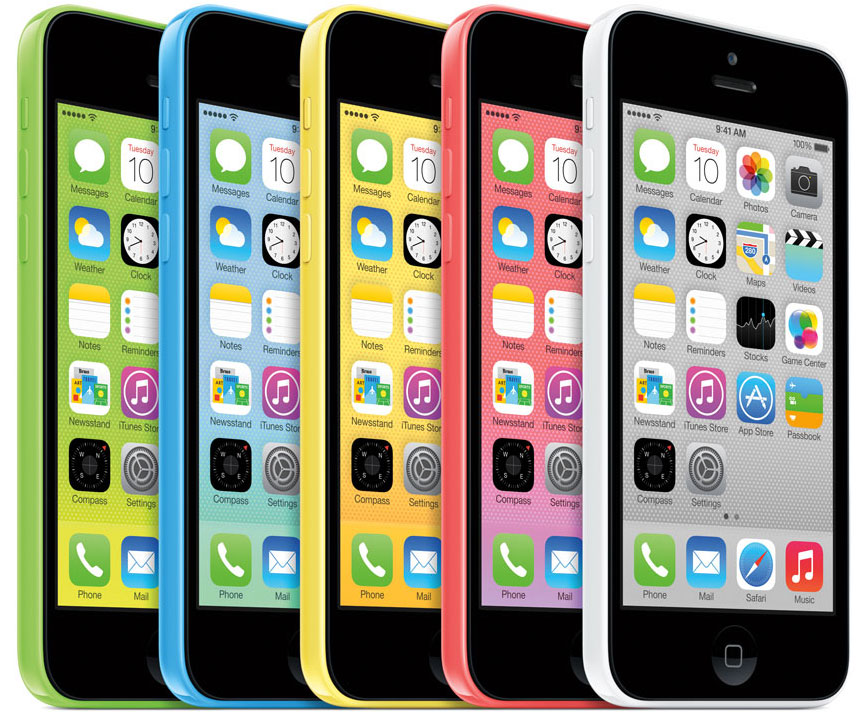
Long & McQuade is one of Canada’s most successful home-grown business with an annual revenue closing at $300 million. All of the stores are corporately owned and Long & McQuade’s value preposition is not to make profit, but to retain a long term relationship with their customers; this preposition makes up their unique business model.
Not many firms are able to be successful just based off of customer loyalty, thus this gives Long & McQuade a competitive edge. Since this business is still run by the family, I think the family atmosphere corporate culture still exists. As learnt in class, the culture begins with the founder. The corporate culture of this company would then lead to a flatter and more centralized corporate structure.
As a long time piano, orchestra, and band student, I am very accustomed to visits to my local Long & McQuade. This company is a long-time sponsor for my high school band, and I think that most of the marketing is through the band folders they distribute, and the music festivals they support. Additionally, whenever I walk into Long & McQuade, I feel very welcomed and the employees are extremely helpful. If given the choice, I would rather go to Long & McQuade than Tom Lee.
Sources:
http://www.theglobeandmail.com/report-on-business/small-business/sb-growth/long-mcquade-ceo-on-family-owned-business-success/article15478894/




